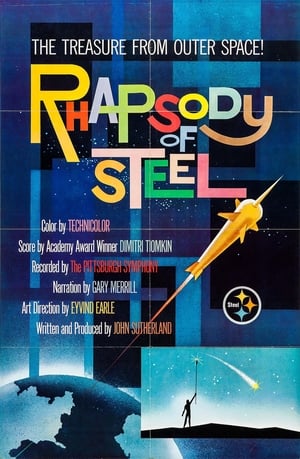
Endless Letterpress(2019)
When some think printing press is dying, others believe that it's just beginning
Facing deteriorating machines and the advance of new technologies, Argentine printing presses are closing up their shops. A group of young designers has rediscovered this great technical innovation in the history of the written word – the typesetting printing press – but the technique is difficult to learn, passed down from master to apprentice. The last press mechanic in the country will be in charge of teaching them so that this historic technique endures.


Movie: Endless Letterpress
Video Trailer Endless Letterpress
Similar Movies
 7.2
7.2Helvetica(en)
Helvetica is a feature-length independent film about typography, graphic design and global visual culture. It looks at the proliferation of one typeface (which will celebrate its 50th birthday in 2007) as part of a larger conversation about the way type affects our lives. The film is an exploration of urban spaces in major cities and the type that inhabits them, and a fluid discussion with renowned designers about their work, the creative process, and the choices and aesthetics behind their use of type.
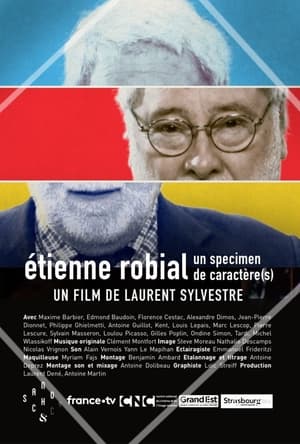 8.0
8.0Étienne Robial, un spécimen de caractère(s)(fr)
Documentary on the French graphic and visual artist and designer, editor, artistic director, and teacher who is known for his widely-used fonts.
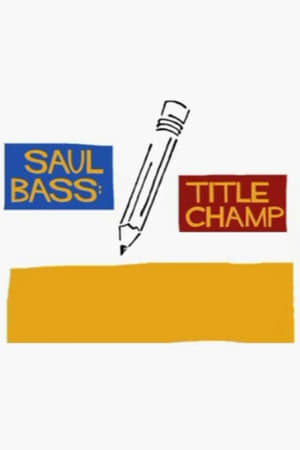 6.7
6.7Saul Bass: Title Champ(en)
Set to a bebop jazz beat, this documentary brings to life the extraordinary work of graphic designer Saul Bass, whose groundbreaking title sequences for Hitchcock's films transformed the art of movie titles. Through interviews with directors such as Martin Scorsese and Guillermo del Toro, this film reveals why Bass is still considered the medium's greatest artist.
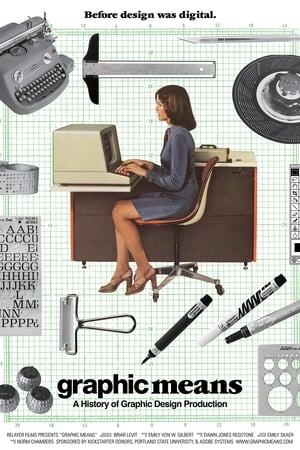 7.0
7.0Graphic Means: A History of Graphic Design Production(en)
Up until just over 30 years ago, when the desktop computer debuted, the whole design production process would have been done primarily by hand, and with the aide of analog machines. The design and print industries used a variety of ways to get type and image onto film, plates, and finally to the printed page. Graphic Means is a journey through this transformative Mad Men-era of pre-digital design production to the advent of the desktop computer. It explores the methods, tools, and evolving social roles that gave rise to the graphic design industry as we know it today.
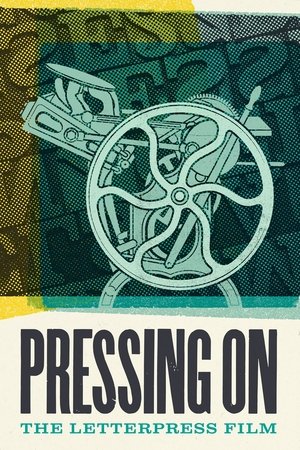 6.8
6.8Pressing On: The Letterpress Film(en)
Why has letterpress printing survived? Irreplaceable knowledge of the historic craft is in danger of being lost as its caretakers age. Fascinating personalities intermix with wood, metal, and type as young printers save a traditional process in Pressing On, a 4K feature-length documentary exploring the remarkable community keeping letterpress alive.
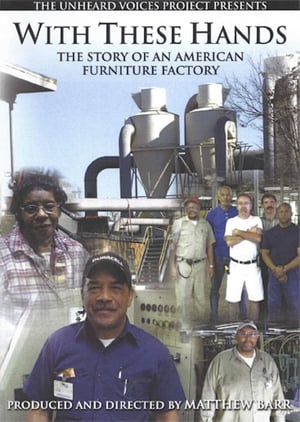 0.0
0.0With These Hands: The Story of an American Furniture Factory(en)
In 2007, unable to compete with cheaper offshore production, Hooker Furniture Co. closed its plant in Martinsville, Virginia, after 83 years in operation. With These Hands follows the last load of wood down the assembly line as it is cut, honed, and assembled into fine furniture. Along the way, employees at the factory share their perspectives on work, community, and survival in a country devastated by de-industrialization and outsourcing.
 7.1
7.1Manufactured Landscapes(en)
MANUFACTURED LANDSCAPES is the striking new documentary on the world and work of renowned artist Edward Burtynsky. Internationally acclaimed for his large-scale photographs of “manufactured landscapes”—quarries, recycling yards, factories, mines and dams—Burtynsky creates stunningly beautiful art from civilization’s materials and debris.
 0.0
0.0Classic British Cars: Made in Coventry(en)
Find out how the cars were crafted and discover the secret family stories behind the most famous marques including Riley, Standard, Triumph and Jaguar. Legendary racers Rosemary Smith, Pat Quinn and Norman Dewis share their memories of competing Coventry’s cars in some of the world’s most dangerous motorsport events. And, meet the people passionate about preserving the city’s extraordinary motoring heritage.
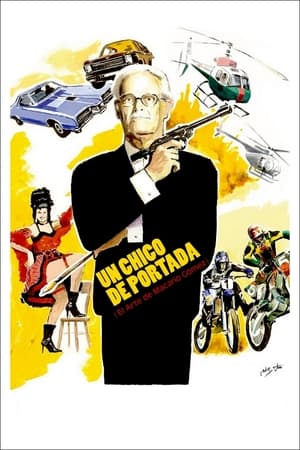 7.0
7.0Un chico de portada: el arte de Macario Gómez(es)
Macario 'Mac' Gómez talks about his long career as a film poster designer.
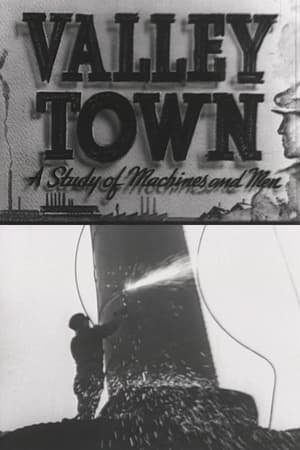 8.0
8.0Valley Town: A Study of Machines and Men(en)
A documentary examining the effects of industrial automation on a small American town.
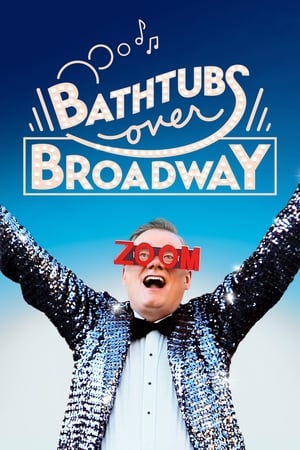 8.1
8.1Bathtubs Over Broadway(en)
When he started as a comedy writer for the Late Show with David Letterman, Steve Young had few interests and not many friends outside of his day job. But while gathering material for a segment on the show, Steve stumbled onto a few vintage record albums that would change his life forever.
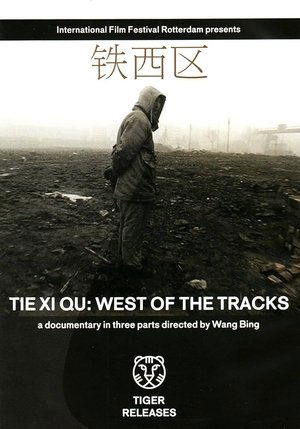 7.7
7.7Tie Xi Qu: West of the Tracks(zh)
A detailed look at the gradual decline of Shenyang’s industrial Tiexi district, an area that was once a vibrant example of China’s socialist economy. But industry is changing, and the factories of Tiexi are closing. Director Wang Bing introduces us to some of the workers affected by the closures, and to their families.
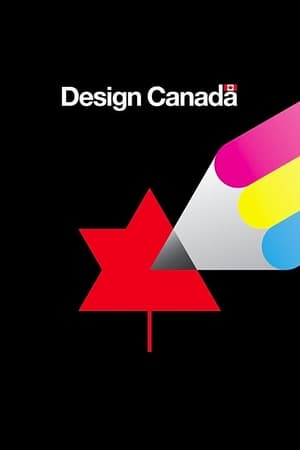 7.0
7.0Design Canada(en)
Through the lens of graphic design, “Design Canada” follows the transformation of a nation from a colonial outpost to a vibrant and multicultural society. What defines a national identity, is it an anthem? A flag? Is it a logo or icon? How do these elements shape who we are? In the 1960s and 1970s, these questions were answered by an innovative group of Canadian designers, who used design to unify the nation.
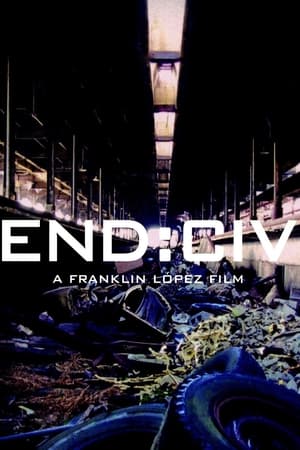 6.6
6.6END:CIV(en)
The causes underlying the collapse of civilizations are usually traced to overuse of resources. As we write this, the world is reeling from economic chaos, peak oil, climate change, environmental degradation, and political turmoil. Every day, the headlines re-hash stories of scandal and betrayal of the public trust. We don't have to make outraged demands for the end of the current global system - it seems to be coming apart already. But acts of courage, compassion and altruism abound, even in the most damaged places. By documenting the resilience of the people hit hardest by war and repression, and the heroism of those coming forward to confront the crisis head-on, END:CIV illuminates a way out of this all-consuming madness and into a saner future. Backed by Jensen's narrative, the film calls on us to act as if we truly love this land. The film trips along at a brisk pace, using music... Written by Franklin Lopez
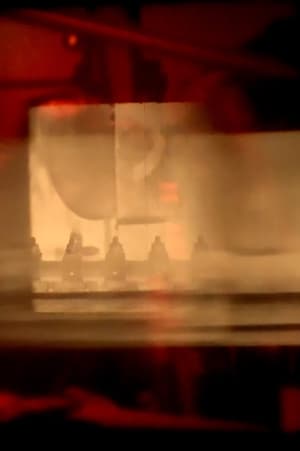 1.0
1.0Máquinas de palabras(es)
Portrait of a Mexico City neighborhood where pages and pages are printed, and little by little, words appear. Máquinas de Palabras is a performance created in March 2023 in Mexico City, and is the result of a collaboration between Labo K (Rennes-based film laboratory) and LEC (Laboratorio de Cine Experimental) in Mexico City. A portrait of a Mexico City neighborhood where pages and pages are printed. And little by little, words appear... "From the deliberate use of found images to films that make uncompromising use of raw material, the camera and the plants will take our eyes... Pupils will certainly be illuminated by the projector... How can moving images stay in our heads?"
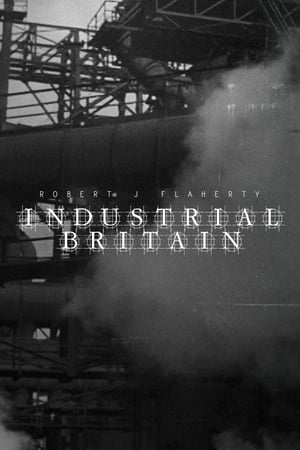 5.4
5.4Industrial Britain(en)
Grierson set out to make "propaganda," and this film--with it's voice-over proclaiming the great value of the British industrial worker, without a hint of ambiguity or doubt--fits that category well. The authoritatarian narrator feels out-of-date and unsophisticated, but the footage is well shot and interesting, and the transparency of the propaganda aspect is almost a reflief at a time when so many films have hidden agendas.
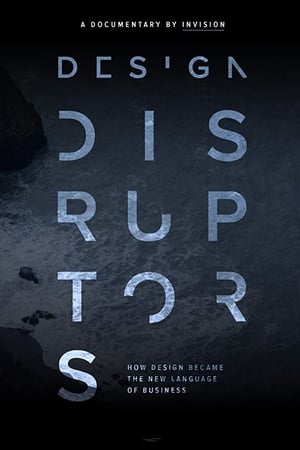 5.5
5.5Design Disruptors(en)
Full-length documentary featuring design leaders and product designers from 15+ industry-toppling companies—valued at more than $1 trillion dollars combined. The film chronicles the true nature of design and the design-driven business revolutions being shaped around the world through the designers eyes. Get a never-before-seen look into the perspectives, processes, and design approaches of leaders at industry-toppling brands and discover how these companies are disrupting billion dollar industries through design.
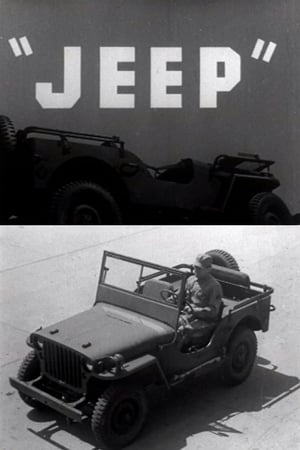 5.2
5.2The Autobiography of a 'Jeep'(en)
The invention and use of a jeep are described, from the viewpoint of one of the vehicles.


